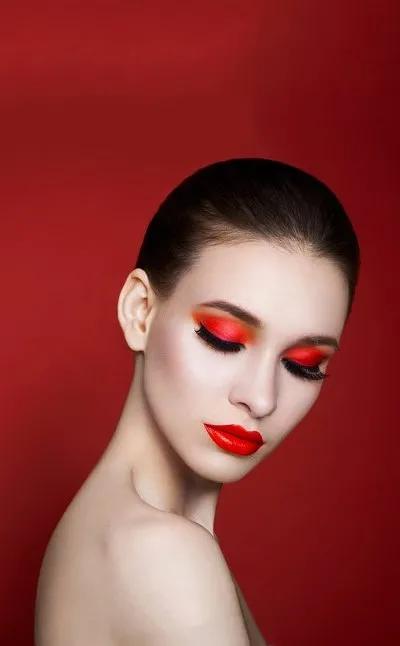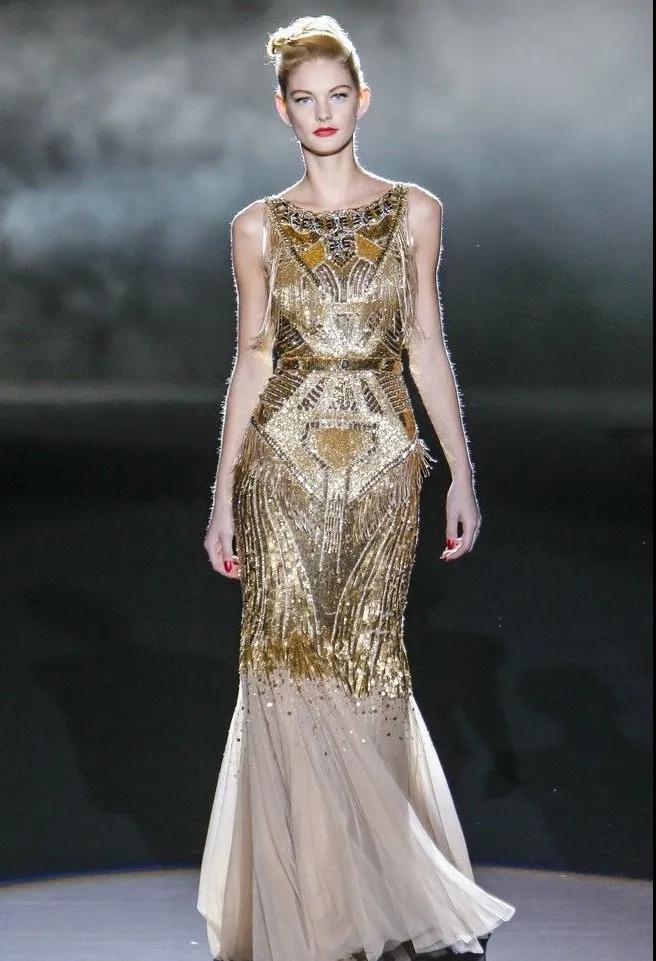Minimalism
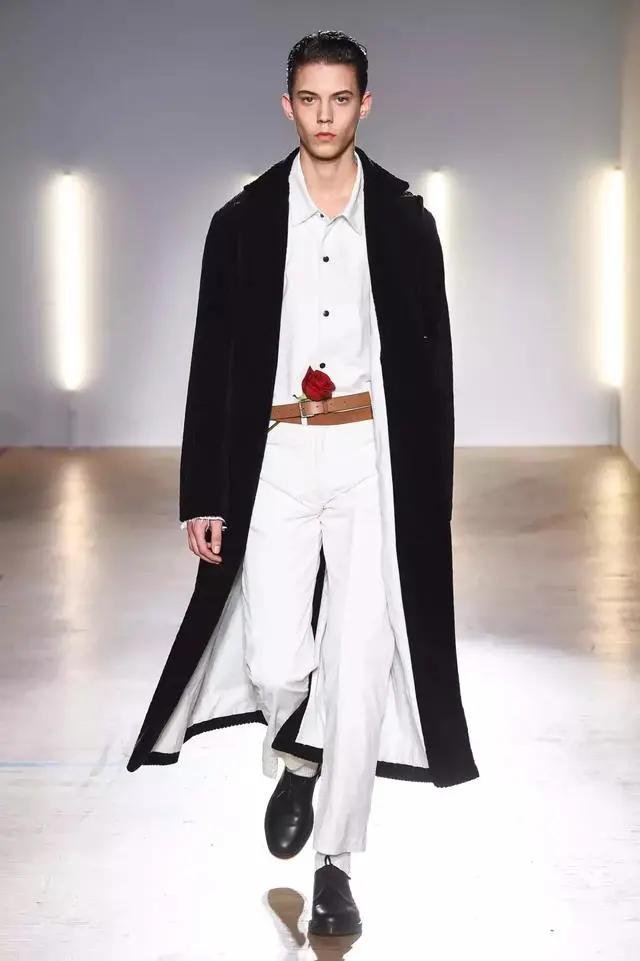
The movement that has led to fashion designs that are stripped down to the most fundamental and expressive features. Minimalism developed in fashion following the Second World War and applies the principles of methodological reductionism seen in Ockram’s Razor - a principle that states that elements that are not really needed should be pared back to produce something simpler, thus reducing the risk of introducing inconsistencies, ambiguities and redundancies. Minimalism was popular with Japanese designers such as Issey Miyake in the 1980s and 1990s.
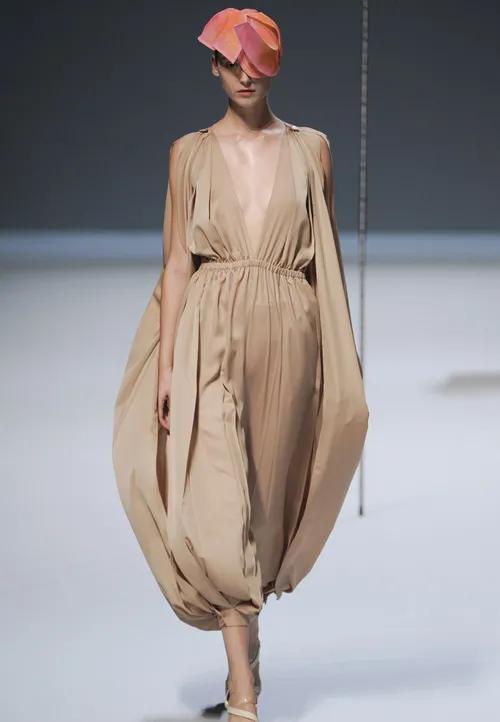
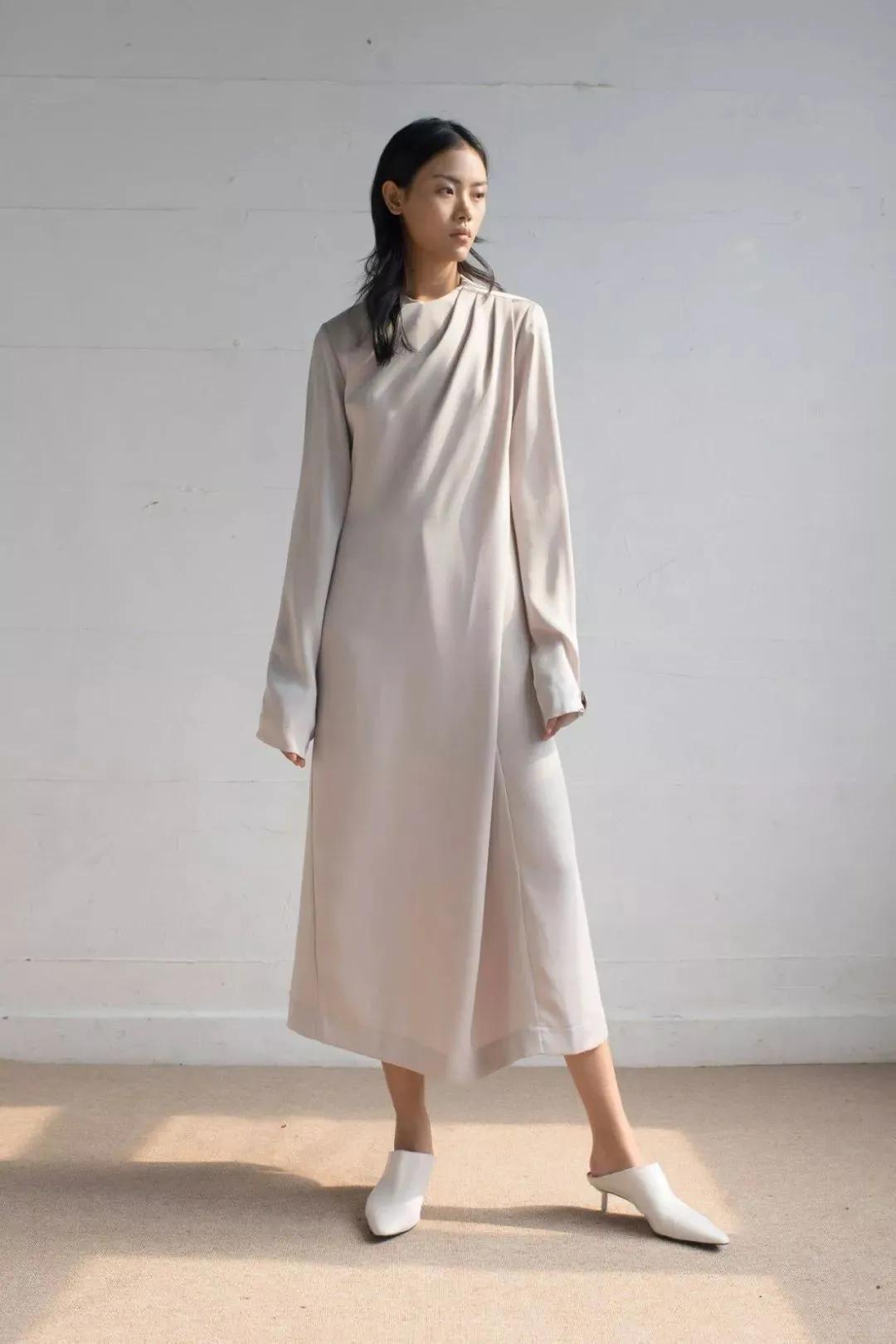

Mod
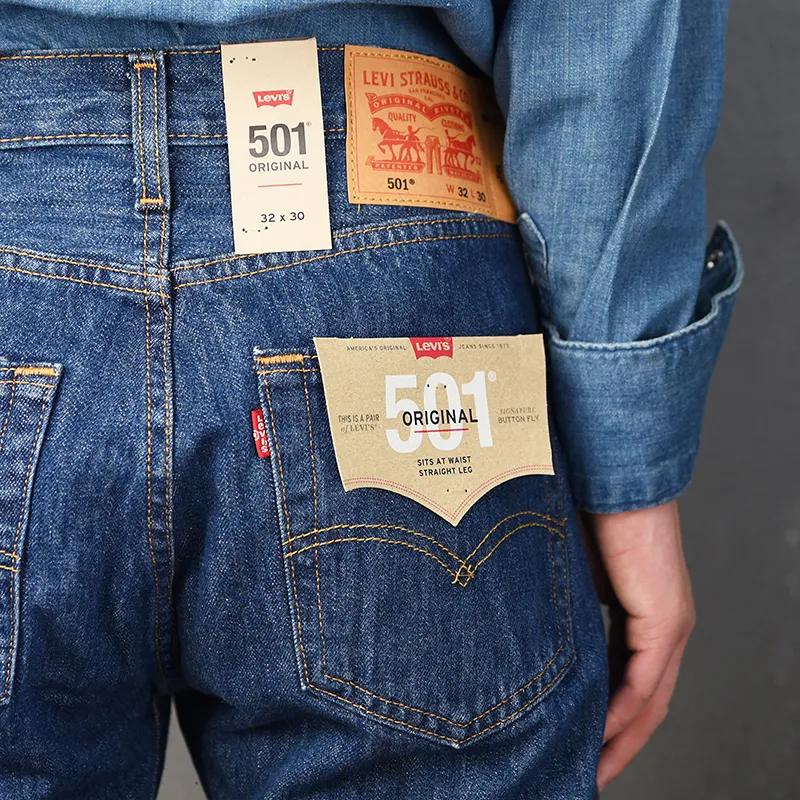
A subculture originating in London from the late 1950s to mid-1960s that developed around the jazz and rhythm-and-blues music scene.mod or modernist fashion had its central element slim-cut Italian suits. A mod revival in the early 1980s saw the return of close-fitting three-button suits, Fred Perry and Ben Sherman shirts, Sta-Prest trousers and Levis’s 501 jeans.
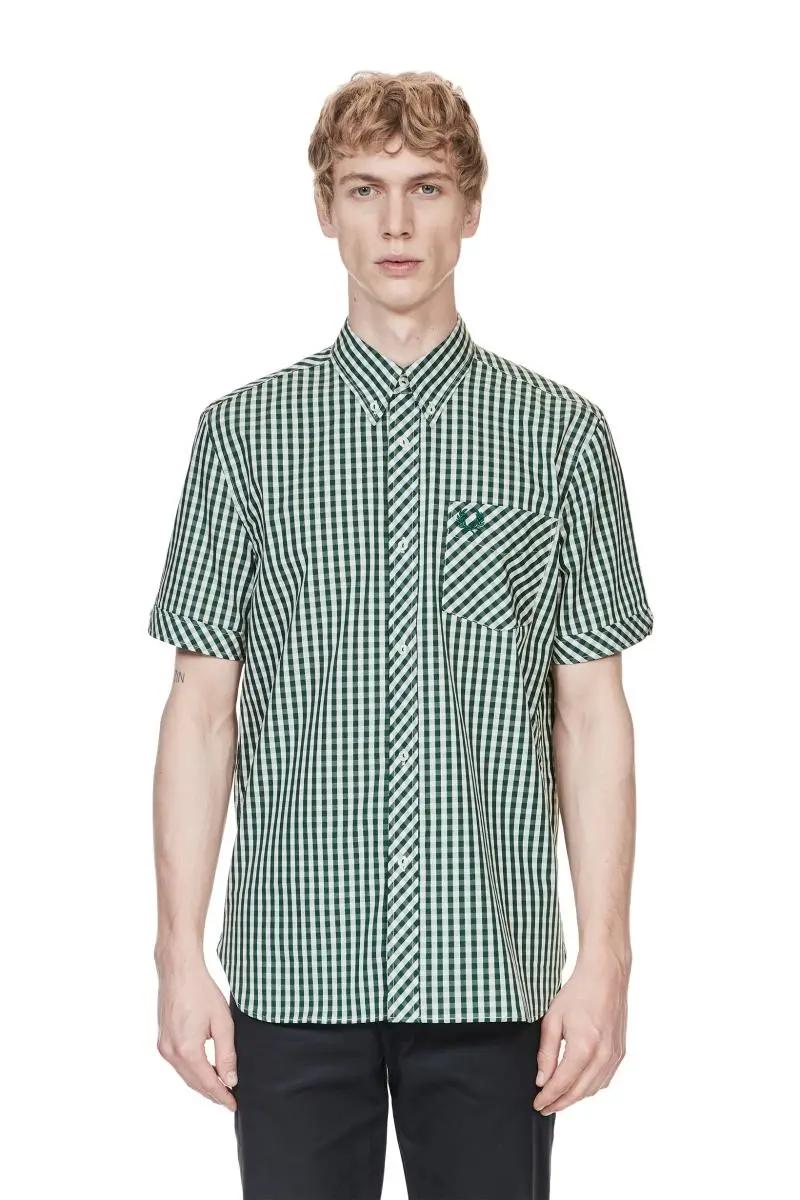
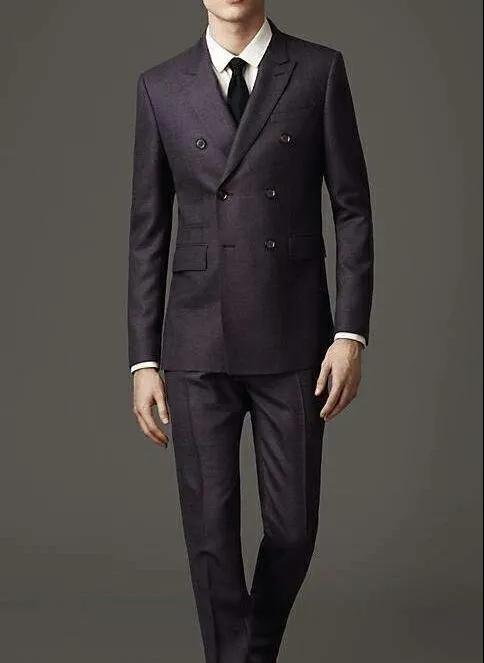
Model

A person employed to wear clothing for its presentation at a fashion show, photo shoot or advertisement. The use of live models rather than mannequins is thought to have begun in 1853 when Parisian shop girl, Marie Vernet Worth, modelled garments for her designer husband Charles Frederick Worth. In print publications, high fashion models use their face and body to express the different emotions required in artistic constructions relating to the garments, jewels or cosmetics that are worn. Fashion models wear garments on the catwalk or runway and pose to display their outfits during a fashion show.
